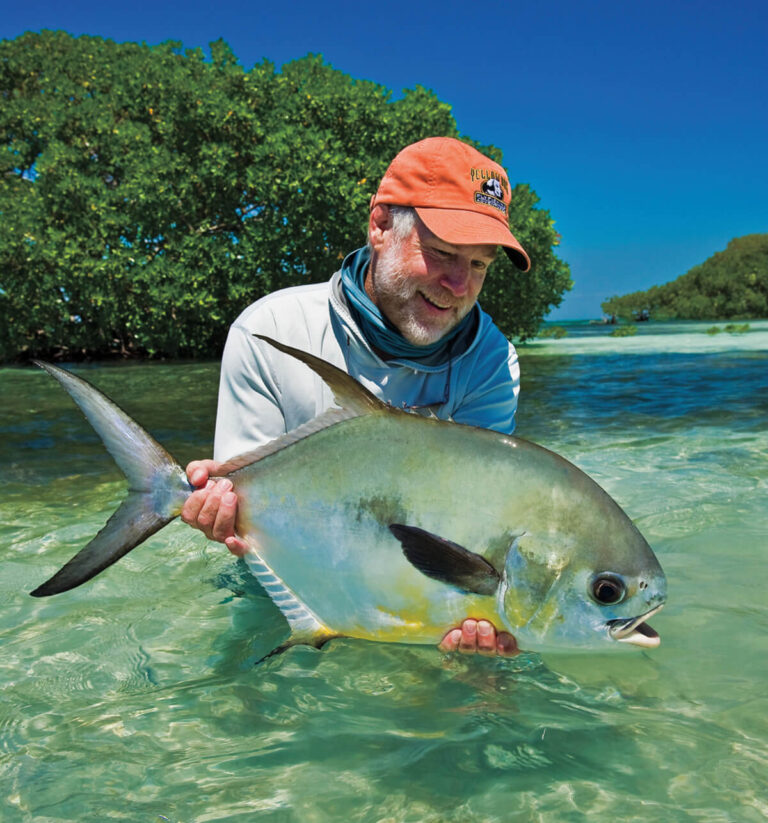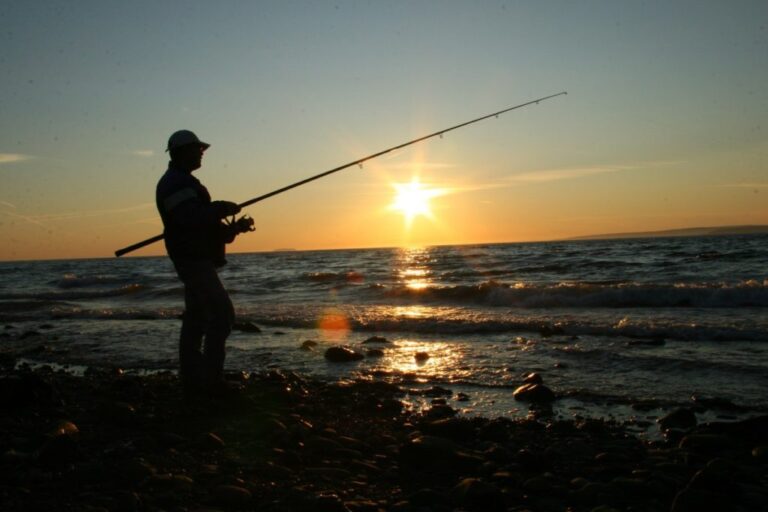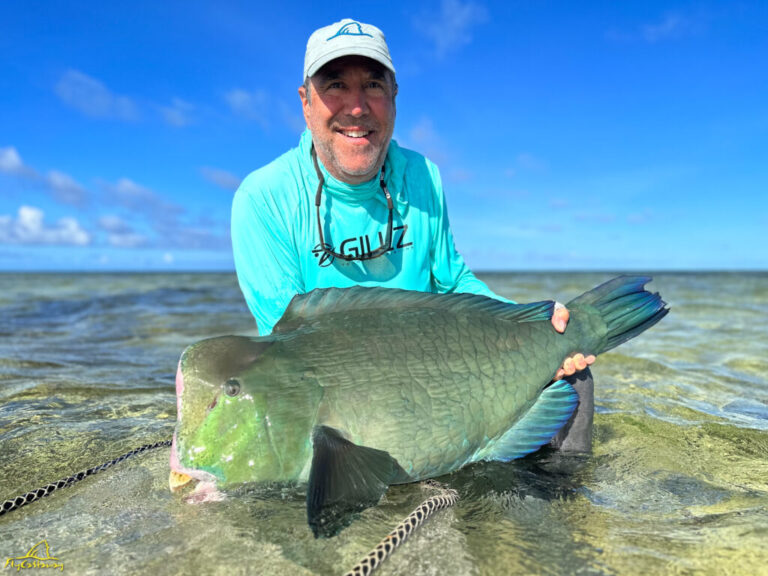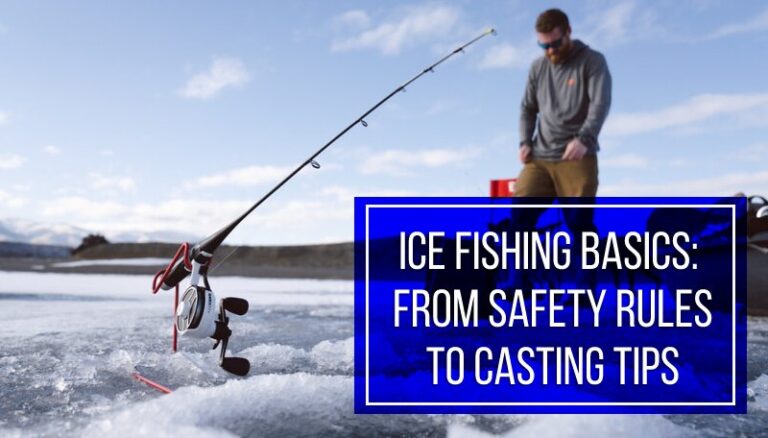Flats fishing allows you to catch various types of fish, including redfish, snook, tarpon, and bonefish. These species are commonly found in shallow-water flats and provide exciting angling opportunities for fishing enthusiasts.
Flats fishing is a popular technique among anglers looking to catch a diverse range of fish species. Whether you are an experienced angler or a novice, exploring the shallow-water flats can present an exciting challenge. The flats, which are typically found in coastal areas, provide a unique environment where certain fish species thrive.
We will delve into the types of fish that can be caught while flats fishing. From redfish to snook, tarpon to bonefish, these fish are known for their abundance and allure in these shallow waters. So, if you are ready to embark on a thrilling fishing adventure, keep reading to discover the diverse array of fish you can encounter while flats fishing.
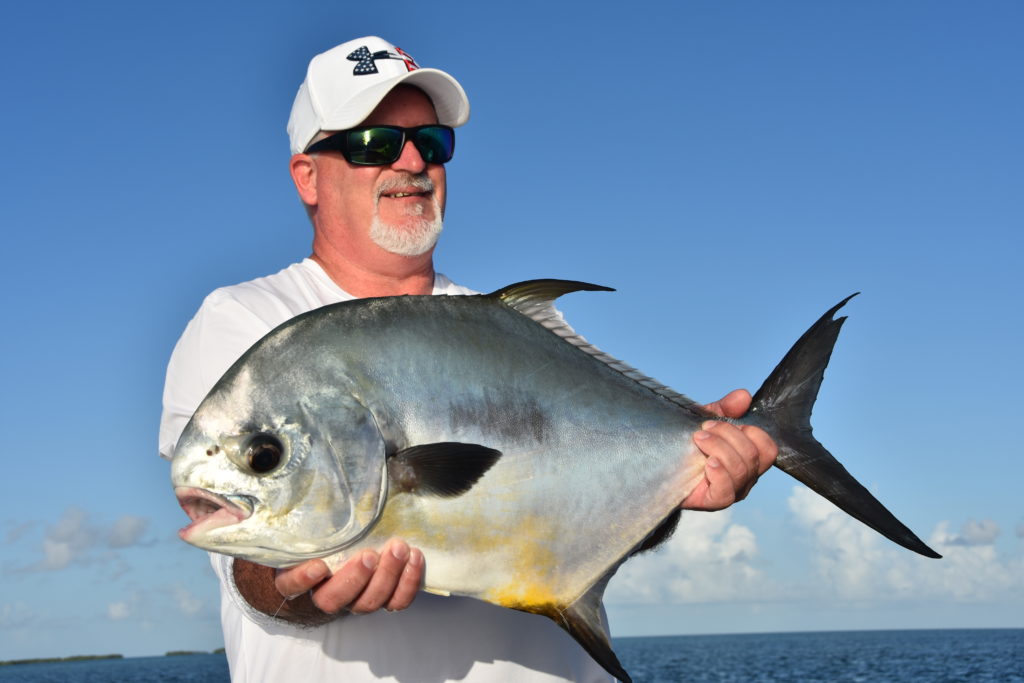
Credit: www.tailingwaterexpeditions.com
The Basics Of Flats Fishing
Understanding The Concept Of Flats Fishing
Flats fishing is a popular angling technique that involves targeting fish in shallow, calm waters called flats. These flats can be found in coastal areas, such as bays, lagoons, and even on the open ocean. With the right knowledge and skills, you can have an exciting and rewarding fishing experience on the flats.
Here are the key points to understand about flats fishing:
- The flats: Flats are large areas of shallow water, typically less than six feet deep. They are often covered with seagrass, sand, or coral, providing a perfect habitat for a wide variety of fish species.
- Sight fishing: One of the unique aspects of flats fishing is the opportunity to sight fish. Since the water is shallow and clear, you can see the fish swimming and feeding. Spotting fish and making accurate casts adds an element of skill and excitement to the fishing experience.
- Targeted species: Flats fishing allows you to target a range of fish species, including bonefish, permit, tarpon, redfish, snook, and more. Each species has its own habits, preferences, and challenges, making flats fishing a diverse and dynamic pursuit.
- Techniques: Flats fishing requires specific techniques tailored to the shallow water environment. Anglers often use lightweight tackle, such as fly rods or spinning gear, to make accurate and delicate presentations. Stealth and patience are also crucial to avoid spooking the fish.
Exploring The Allure Of Flats Fishing
Flats fishing has a unique allure that attracts anglers from around the world. Whether you are a seasoned angler or a beginner, the flats offer a captivating fishing experience. Here’s why flats fishing is so alluring:
- Beautiful surroundings: Flats fishing takes place in picturesque coastal areas with stunning views. The combination of crystal-clear water, blue skies, and lush vegetation creates a tranquil and captivating backdrop for your fishing adventures.
- Challenge and strategy: Fishing on the flats requires strategy and finesse. From selecting the right fly or lure to presenting it perfectly to the fish, every decision and action contribute to the challenge. Successfully hooking and landing a fish on the flats is immensely rewarding.
- Connection with nature: Flats fishing allows you to immerse yourself in the natural environment. As you navigate the flats, you get up close and personal with the marine ecosystem, observing not only the fish but also other wildlife like birds, rays, and turtles. It’s a chance to connect with nature in a profound way.
- Action and excitement: When you hook into a fish on the flats, the adrenaline rush is undeniable. Many of the species found on the flats are known for their power and speed, putting your angling skills to the test. The sight of a fish tailing or tail-walking across the flats is an image that stays with you forever.
Explaining The Basics Of Flats Fishing
To get started with flats fishing, it’s important to grasp the basics. Here, we’ll cover the key aspects you need to know before heading out to the flats:
- Tides and timing: Understanding tides is crucial in flats fishing. Fish on the flats are highly influenced by tidal movements, feeding during specific periods of the tide. Research local tide charts and plan your fishing trips accordingly to maximize your chances of success.
- Fish behavior and habitat: Learning about the behavior and habitat preferences of the species you’re targeting is essential. Different fish species have distinct feeding patterns, preferred water depths, and habitat preferences. Study up on their habits to increase your chances of finding and hooking them.
- Proper gear and equipment: Flats fishing requires specialized gear suited for the environment. Lightweight rods, reels with smooth drags, and sturdy lines are among the essentials. Consider the specific needs of the fish species you’re targeting to ensure you have the right equipment for the job.
- Stealth and patience: The flats can be unforgiving to clumsy or impatient anglers. Since the water is shallow and clear, any sudden movements or loud sounds can spook the fish. Practice being stealthy and patient, moving slowly and quietly to increase your chances of stalking and catching fish.
- Local knowledge and guidance: Relying on local knowledge can significantly improve your flats fishing success. Local guides and experienced anglers can provide valuable insights into the best spots, tide patterns, and techniques that work in the area you plan to fish. Consider hiring a guide or joining a charter for your first few trips.
Now that you have a solid understanding of the basics of flats fishing, you’re ready to embark on your own flats fishing adventure. Get out there, enjoy the stunning surroundings, and experience the thrill of fishing in these unique shallow water habitats.
Target Species For Flats Fishing
Snook: A Prized Catch On The Flats
Snook, also known as linesiders, are highly sought after by anglers when flats fishing. These elusive creatures are prized for their fighting spirit and delicious taste. Here are key points about snook:
- Snook can be found in both saltwater and freshwater environments, but they are particularly abundant in florida’s coastal waters.
- They are known for their impressive size, with some reaching lengths of up to 4 feet and weighing over 50 pounds.
- Snook are ambush predators, often hiding in mangroves, under docks, or near structure, waiting for their prey to swim by.
- They have a distinctive black lateral line along their sides, which gives them their nickname “linesiders.”
- Snook have a powerful and agile body, making them excellent fighters and giving anglers an exhilarating challenge when trying to reel them in.
- Regulations on snook fishing may vary by state and season, so it’s important to check the local fishing regulations before setting out.
Redfish: Challenging Yet Rewarding To Catch
Redfish, or red drum, are another popular target species for flats fishing enthusiasts. Here are key points about redfish:
- Redfish are known for their reddish-copper color and signature black spot near their tails. This spot fades as they grow older.
- They can be found along the atlantic coast from florida to massachusetts and in the gulf of mexico.
- Redfish are bottom feeders, often scavenging for crabs, shrimp, and small fish in the shallow waters of the flats.
- They are known for their strength and stamina, putting up a good fight when hooked.
- Catching redfish requires patience and skill, as they can be easily spooked in shallow water.
- Regulations on redfish fishing may vary by state, including size limits and bag limits.
Tarpon: The King Of The Flats
Tarpon, also known as the silver king, are the ultimate challenge for flats fishing enthusiasts. Here are key points about tarpon:
- Tarpon are known for their incredible size, with some specimens reaching lengths of up to 8 feet and weighing over 200 pounds.
- They have a distinct silver color and a large, elongated body that is built for powerful swimming.
- Tarpon are acrobatic fighters, known for their impressive jumps and aerial displays when hooked.
- They can be found in coastal waters and estuaries, particularly in florida and along the gulf coast.
- Tarpon are primarily catch-and-release fish, as they are protected in many areas due to their slow growth rate and importance to the ecosystem.
- Landing a tarpon is a true trophy for any angler and is often considered a once-in-a-lifetime achievement.
Bonefish: Renowned For Their Speed And Agility
Bonefish are highly prized for their speed and agility, making them a favorite target species for flats fishing. Here are key points about bonefish:
- Bonefish are silvery in color, with a slim and elongated body that allows them to move swiftly through the water.
- They are often found in the warm shallow waters of tropical and subtropical regions, such as the florida keys and the bahamas.
- Bonefish are notoriously difficult to catch, requiring stealth, accurate casting, and quick reaction times.
- They are known for their long runs and blistering speed once hooked, making them a true challenge for anglers.
- Bonefish primarily feed on small crustaceans and are often found tailing in the shallow flats, making them visible targets.
- Catching bonefish is a thrilling experience and requires finesse and patience to successfully land one.
Remember, when flats fishing, always adhere to local regulations and practice responsible catch-and-release to ensure the sustainability of these target species for future generations to enjoy. Happy fishing!
Other Fish You May Encounter
Flats fishing offers a thrilling opportunity to catch a variety of fish species. While targeting specific fish like bonefish may be the primary focus, you might encounter other exciting species along the way. Here are some other fish you may encounter while flats fishing:
Trout: Abundant In Certain Flat Areas
- Trout can be found in coastal areas, especially in regions with freshwater inflow.
- They are known for their beautiful colors and energetic fights.
- Trout are often caught using live bait or artificial lures such as soft plastic jigs.
- Some popular trout species include spotted seatrout and speckled trout.
Permit: A Highly Sought-After Trophy Fish
- Permit is considered one of the most challenging fish to catch on the flats.
- They have a keen sense of smell and are incredibly cautious, making them a thrilling target for anglers.
- Permit are typically found in shallow water flats, especially near grassy or sandy bottoms.
- They are known for their silver coloration and distinctive shape.
Cobia: Known For Their Strength And Size
- Cobia, also known as ling or lemonfish, are powerful fish that can provide an exhilarating fight.
- They are often found around structures such as buoys, wrecks, and reefs.
- Cobia have a broad, flattened head and a brownish coloration, making them easy to identify.
- Anglers often target cobia using live bait or artificial lures like jigs or bucktails.
Shark: A Thrilling Encounter On The Flats
- Sharks can be encountered while flats fishing, adding an extra element of excitement to your trip.
- Various shark species, including bull sharks, lemon sharks, and blacktip sharks, inhabit the flats.
- They are attracted to the flats by the abundance of baitfish and other prey species.
- Catching sharks on light tackle can be an exhilarating experience, but remember to handle them carefully and release them safely.
Remember, while targeting specific fish species is common during flats fishing, encounters with other fish can make your trip even more memorable. Stay prepared and enjoy the thrill of catching a variety of species while exploring the flats.
So next time you head out for a flats fishing adventure, keep these fish species in mind and make the most of your time on the water. Happy fishing!
Conclusion
Overall, flats fishing offers a thrilling experience for anglers, with a variety of fish species to target. From the elusive bonefish to the aggressive snook, you can expect an adrenaline-fueled adventure on the flats. The diverse coastal ecosystems provide a habitat for numerous fish species, ensuring there will always be something exciting to catch.
Whether you’re a seasoned angler or a beginner, flats fishing is a great opportunity to test your skills and enjoy the beauty of the marine environment. Remember to check the regulations and guidelines of the specific area you plan to fish in, as some fish species may have size or bag limits to ensure sustainability.
Always practice responsible fishing techniques to preserve the health and wellbeing of the fish populations and their habitats. So grab your gear, hop on a flats boat, and get ready to reel in the fish of a lifetime on your next flats fishing adventure.
Happy fishing!

